I once spent an evening, back in the mid-1980s, with William Colby, the legendary spy and director of the CIA. I was an undergraduate at the time, and the CIA’s Iran–Contra debacle was in the news. Lured by the agency’s mystique, I was eager to ask him about the fabled Phoenix programme he directed — a top secret initiative to target and eliminate Viet Cong who had infiltrated South Vietnamese villages, often conducted by Americans who had crossed over some invisible line, leaving behind them the normal life that comprised my world.
To my disappointment, Colby demystified Phoenix. He was very proud of the programme, and while he never said so, I distinctly remember feeling convinced by him that the CIA should have run the whole war in Vietnam.
Yet the war the CIA did run at the same time, in next-door Laos, was as much of a failure as the one the military waged in Vietnam. Unlike that epochal conflict in US history, the war in Laos was all but ignored at the time and forgotten afterwards. Forgotten, however, does not mean unimportant. The Laos war’s invisibility served to mask its enduring influence on the way America subsequently fought and lied about its conflicts.
Such is the contention made by Joshua Kurlantzick, in A Great Place to Have a War. A former journalist, now at the Council on Foreign Relations, Kurlantzick traces how a toxic brew of good intentions, unrealistic expectations, geopolitics and egos led to a debacle. His book is a belated companion to Neil Sheehan’s Vietnam saga, A Bright, Shining Lie, whose story of hubris and failure it parallels.
It is hard to remember that for both Dwight Eisenhower and John F. Kennedy, Laos was far more important than Vietnam, as America succeeded France as the major Western power intervening in south-east Asia. A bulwark down the middle of Indochina, protecting America’s ally Thailand from communist inroads, it was one of the poorest countries in the world, freed from French colonial control in 1954 at the Geneva Conference, after the French defeat at Dien Bien Phu.
Laos was also divided internally, between the lowland Laotians who controlled the monarchical government and the numerous upcountry mountain tribes who remained largely independent, if not ignored by the country’s rulers. It became a natural target of the communist regime in Hanoi, which supported the indigenous communist Pathet Lao.
Of the anti-communist mountain tribes in Laos, the Hmong proved the most willing to fight on a large scale, as well as the best fighters. The CIA latched onto the Hmong leader Vang Pao in 1961, who turned his restless energy into a full-fledged attack on the North Vietnamese and Pathet Lao.
The CIA-run Operation Momentum was designed to take advantage of the Hmong-style of guerrilla fighting, which allowed them to sneak up on and destroy small groups of Pathet Lao and North Vietnamese regulars. Early success seduced Vang Pao and his American handlers into thinking that the Hmong could mount larger operations, including actually taking and holding territory. That, in turn, led to Vang Pao’s demands for American air support, to help him maintain control over large areas, most notably in the centrally located Plain of Jars.
By the end of the Laos war, the United States had conducted more than 500,000 airstrikes, leaving a devastated land still pockmarked by unexploded ordnance. Ultimately, Vang Pao’s success made him a target for a concerted North Vietnamese effort to destroy his base in northern Laos, and Washington decided the situation was hopeless, leaving frantic Hmong civilians desperate to clamber onto departing US Air Force transports as the Americans pulled out in 1973.
The misbegotten American adventure in Laos had its share of larger-than-life figures, such as the hard drinking Tony ‘Poe’ Poshepny, who lived upcountry in the mountains with other Laotian tribes, fighting side by side with his recruits, offering bounties for the ears of Pathet Lao and gathering around him a personal army, leading some to claim he was the real-life inspiration for Apocalypse Now’s Colonel Kurtz.
Was Laos the forerunner of today’s style of secret warfare? Kurlantzick thinks so. Paramilitary operations were only a small part of the early CIA, but the perceived initial success in Laos helped change that institutional focus, drawing a line to covert combat in Latin America in the 1980s and the Middle East in the 21st century.
The Laos war also saw the beginning of the outsourcing of security assistance, training and occasionally combat activity to private contractors. The CIA’s fabled Air America operation changed the nature of the small, personally directed war of CIA station chief Bill Lair into a huge logistical operation, employing part-timers who knew neither the the CIA’s culture nor that of Laos. Today, Blackwater and other private security firms play a major, if often invisible role in America’s wars abroad.
The most lasting legacy of the Laotian war may have been that US officials lied repeatedly and brazenly to Congress — as US Ambassador William Sullivan, who micromanaged the war from 1964 to 1969, did when called before the Senate Foreign Relations Committee numerous times. This undermined support for government legitimacy and has made the CIA the bête noire of conspiracy theorists ever since, but it goes unremarked on by Kurlantzick.
The tragedy of the Hmong dominates his narrative. The rest of the Laotian government in Vientiane plays only a minor role in the bulk of the story, as do the North Vietnamese and Pathet Lao, about whom we learn almost nothing, including the major leaders or deciders who fought in Laos. That feeling of a larger vacuum to the story is exacerbated by the lack of any maps to help situate the reader in Laotian and south-east Asian geography.
Over four decades after its denouement, the Laotian war continues to resonate in US foreign policy. As a precursor to a CIA focused on paramilitary activity, the use of contractors in combat zones, the deliberate misleading of congressional committees by executive branch officials, and the abandonment of an ally once the US decides to withdraw, the forgotten war in Laos can make a fair claim to be one of the turning points in post-second world war American history.
Got something to add? Join the discussion and comment below.
Get 10 issues for just $10
Subscribe to The Spectator Australia today for the next 10 magazine issues, plus full online access, for just $10.
You might disagree with half of it, but you’ll enjoy reading all of it. Try your first month for free, then just $2 a week for the remainder of your first year.

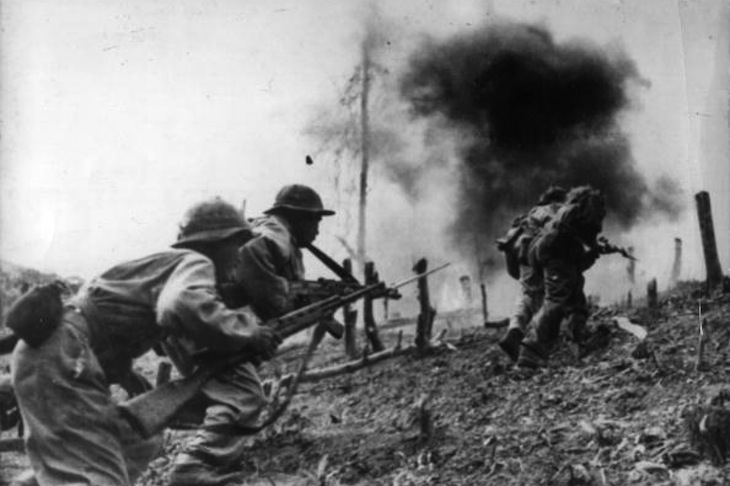
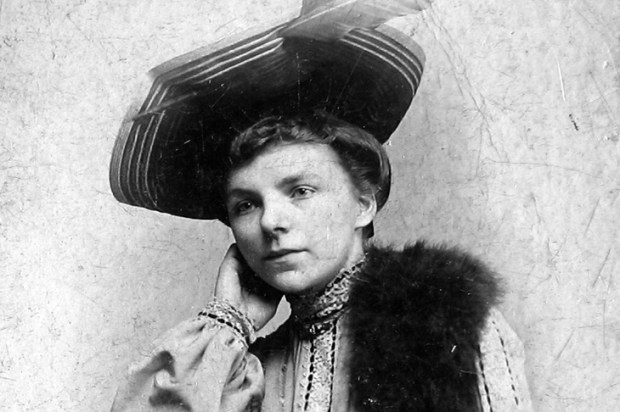
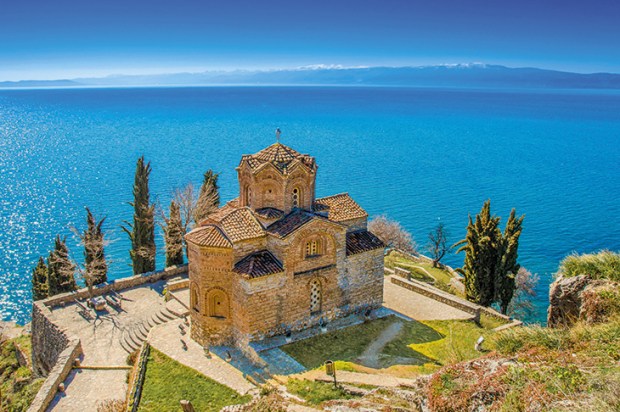
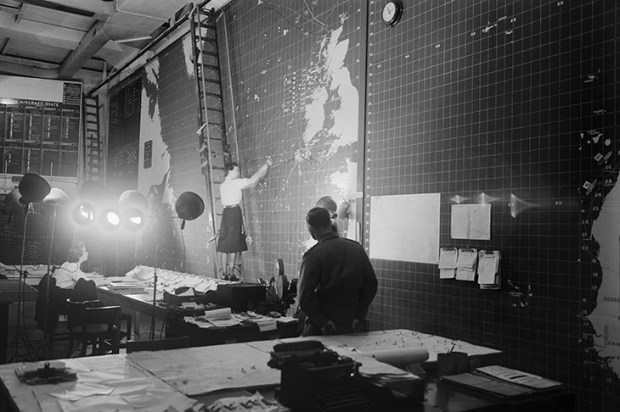

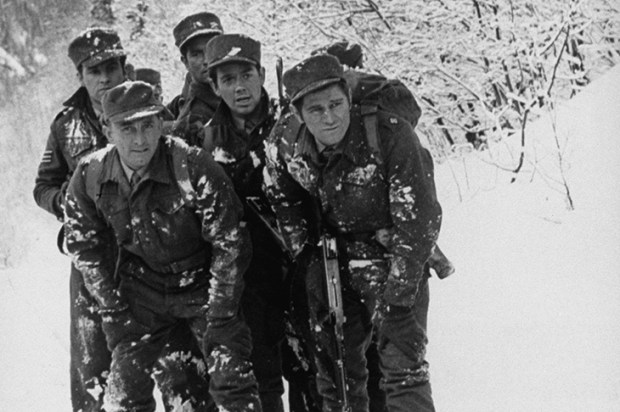
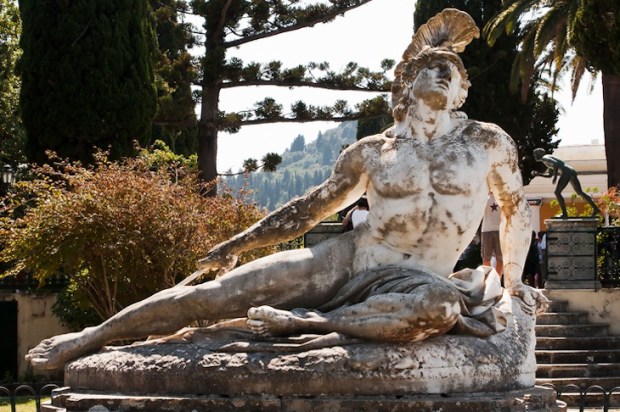






Comments
Don't miss out
Join the conversation with other Spectator Australia readers. Subscribe to leave a comment.
SUBSCRIBEAlready a subscriber? Log in